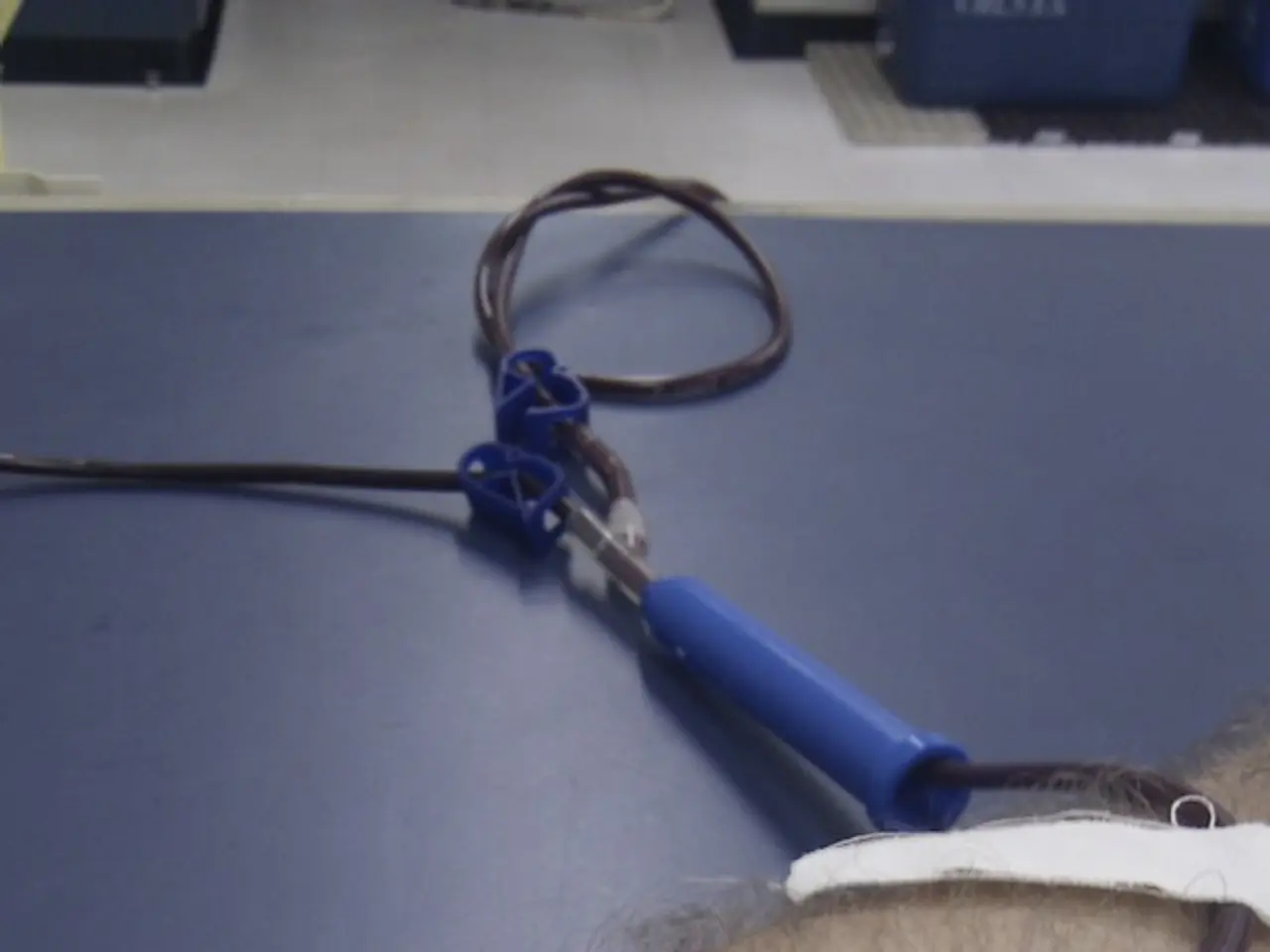Legionnaires' Disease: Causes, Symptoms, and Prevention
Legionnaires' disease, a severe form of pneumonia, affects thousands annually in the US. Caused by Legionella bacteria, it can lead to life-threatening complications if left untreated. Understanding its causes and prevention is crucial for high-risk individuals.
Legionella bacteria thrive in warm water, often found in hot tubs, cooling systems, and even plumbing. They spread through contaminated water droplets in the air. Those over 50, with weakened immune systems, or chronic lung diseases are at higher risk. Symptoms typically appear 2 to 14 days post-exposure, including fever, chills, cough, and shortness of breath. Early medical treatment is vital, as the disease can progress to respiratory failure, kidney failure, and septic shock.
Prevention involves regular cleaning and flushing of water systems to avoid stagnant water, and maintaining hot water at 60°C at the source and 55°C in pipes to inhibit Legionella growth. The bacteria were first identified following an outbreak at an American Legion convention in 1976.
Approximately 25,000 people are hospitalized each year in the US due to Legionnaires' disease. While many exposed to Legionella don't fall ill, prompt medical attention is crucial for those who do. Regular water system maintenance and understanding personal risk factors are key to prevention.
Read also:
- FDA's Generic Mifepristone Approval Sparks Pro-Life Concerns Over Safety and States' Rights
- Understanding Child Development: Causes and Signs of Delays
- Pope Francis' New Book 'Let Us Dream' Offers Unity and Hope for Post-Covid World
- Stephanie Estremera Gonzalez: From Medical Assistant to Residential Manager at The Point/Arc








